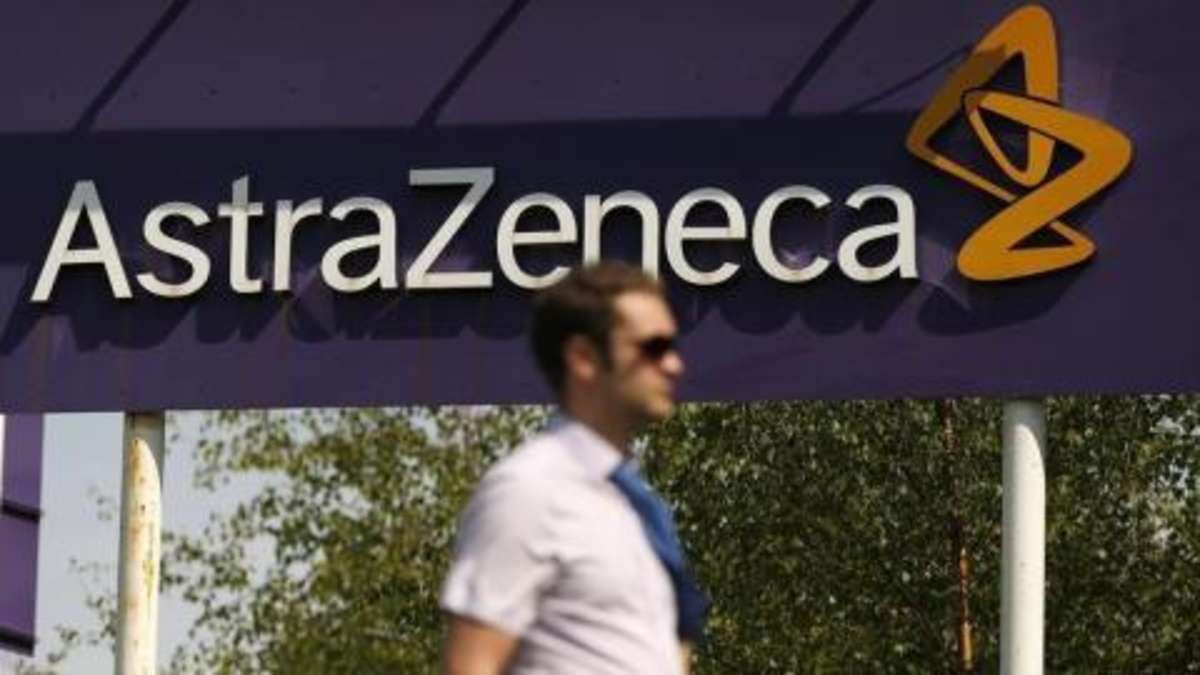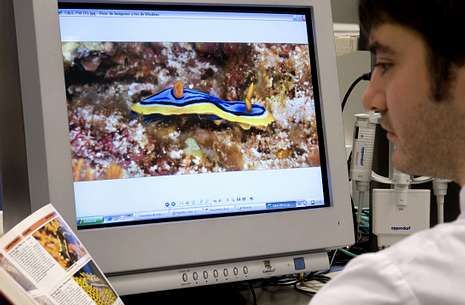 TOKYO, July 31, 2017 --
TOKYO, July 31, 2017 -- Chugai Pharmaceutical Co., Ltd. (TOKYO: 4519) announced that the signing of a joint research agreement with the National Cancer Center Japan regarding the "MASTER KEY Project," an industry-academia joint project led by the National Cancer Center Japan. Chugai will collaborate with the National Cancer Center Japan to promote drugs research and development on rare cancers and genomic medicines.
Rare cancers are defined as cancers with a prevalence of fewer than six cases out of a population of 100,000 persons per year*. As there are an extremely small number of patients and there are more issues related to diagnosis and therapies compared to other types of cancers, there is no consolidated clinical data making it difficult to conduct research, development and clinical studies on these types of cancers.
*http://www.ncc.go.jp/jp/cis/divisions/06health_s/files/06health_s_work.pdf (Japanese only)
This project was started in May 2017 with the aim of integrating the advanced know-how, research support functions of the National Cancer Center Japan, and the seeds and development strategies of pharmaceutical companies to build a joint foundation for industry-academia to comprehensively and efficiently promote the development of therapies for rare cancers.
...

















